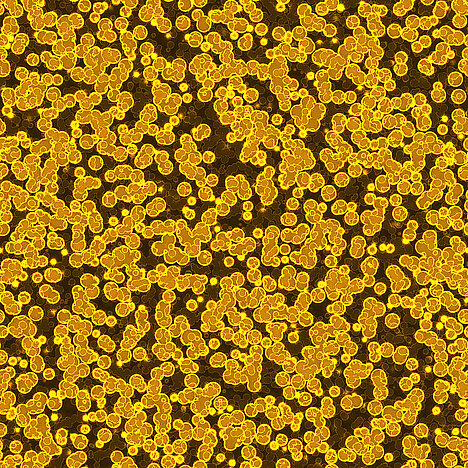Staphylococci

Staphylococci are bacteria found on the skin of dogs and other animals. Normally they are harmless, but if the skin is injured or irritated, they can cause an infection. This infection can have different symptoms depending on which part of the body is affected. In this article, you'll learn more about the causes, signs and treatment options for staph infections in dogs.
Causes of staphylococcal infections
Staph infections usually occur when the bacteria enter the body through a wound. This can happen, for example, if your dog scratches, licks or bites itself due to parasites, allergies or dry skin. Your dog can also become infected if it comes into contact with another infected animal or comes into contact with contaminated objects or substances. Some dogs are more susceptible to staph infections than others. These include dogs with a weakened immune system, diabetes, kidney or liver disease, vitamin deficiency or another infection.
Signs of staph infections
The signs of a staph infection depend on which part of the body is affected. Most commonly, your dog's skin and coat are affected. You may then observe the following symptoms:
- Pain, itching or redness of the skin
- Pus-filled bumps or abscesses
- Hair loss or bald patches
- Rash or crust formation
- Secondary infections of the eyes, ears or respiratory tract
If the infection spreads to the blood or internal organs, your dog may also show fever, loss of appetite or weakness.
Treatment of staphylococcal infections
If you suspect that your dog has a staph infection, you should take him to the vet as soon as possible. The vet will make a diagnosis and prescribe the appropriate treatment. In most cases, treatment consists of antibiotics administered orally or as an ointment. Sometimes the wounds also need to be cleaned or abraded. It is important that you carry out the treatment exactly as instructed by the vet and do not stop it prematurely. Otherwise the bacteria may relapse or become resistant.
Prevention of staphylococcal infections
To reduce the risk of a staph infection in your dog, you can take some preventative measures. These include:
- Keep your dog's skin and coat clean and dry
- Avoid bringing your dog into contact with other sick animals
- Treat parasite infestations or allergies in good time
- Feed your dog a balanced diet
- Strengthen your dog's immune system with vitamins and supplements
- Have your dog checked regularly by the vet
Staph infections are not uncommon in dogs and can be unpleasant and dangerous. However, if you recognize the symptoms early and have your dog treated, you can save him a lot of suffering and keep him healthy.
The authors assume that a veterinarian should be consulted if an animal is ill and that medication should only be taken after consultation with a doctor or pharmacist. Only an individual examination can lead to a diagnosis and treatment decision.
We help you find the nearest vet → This way